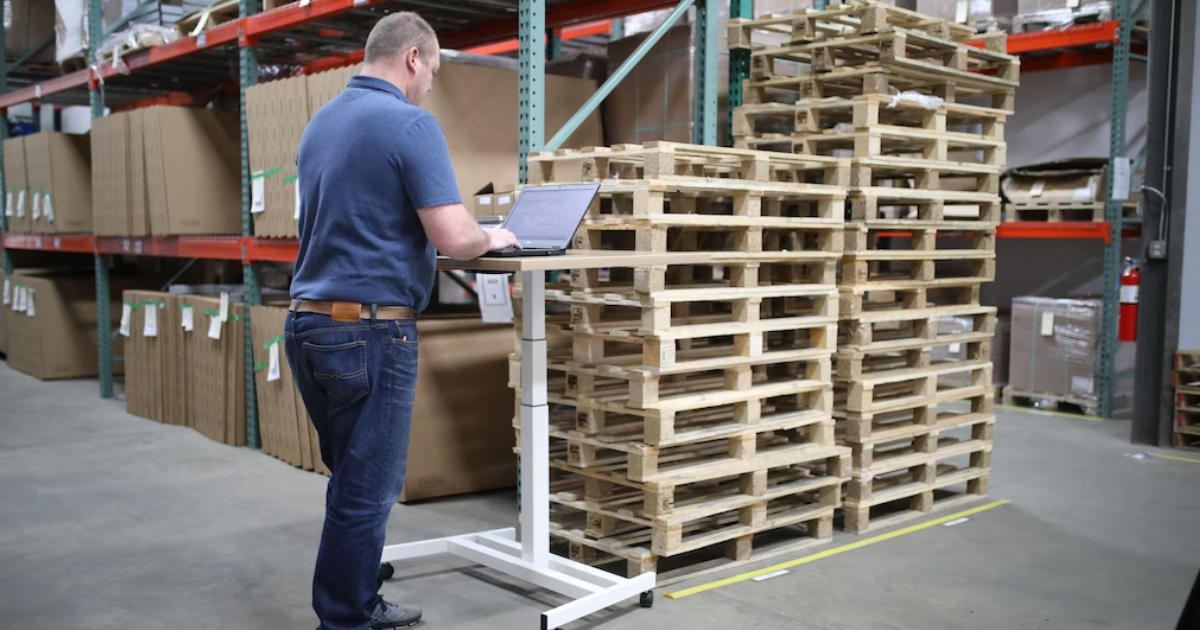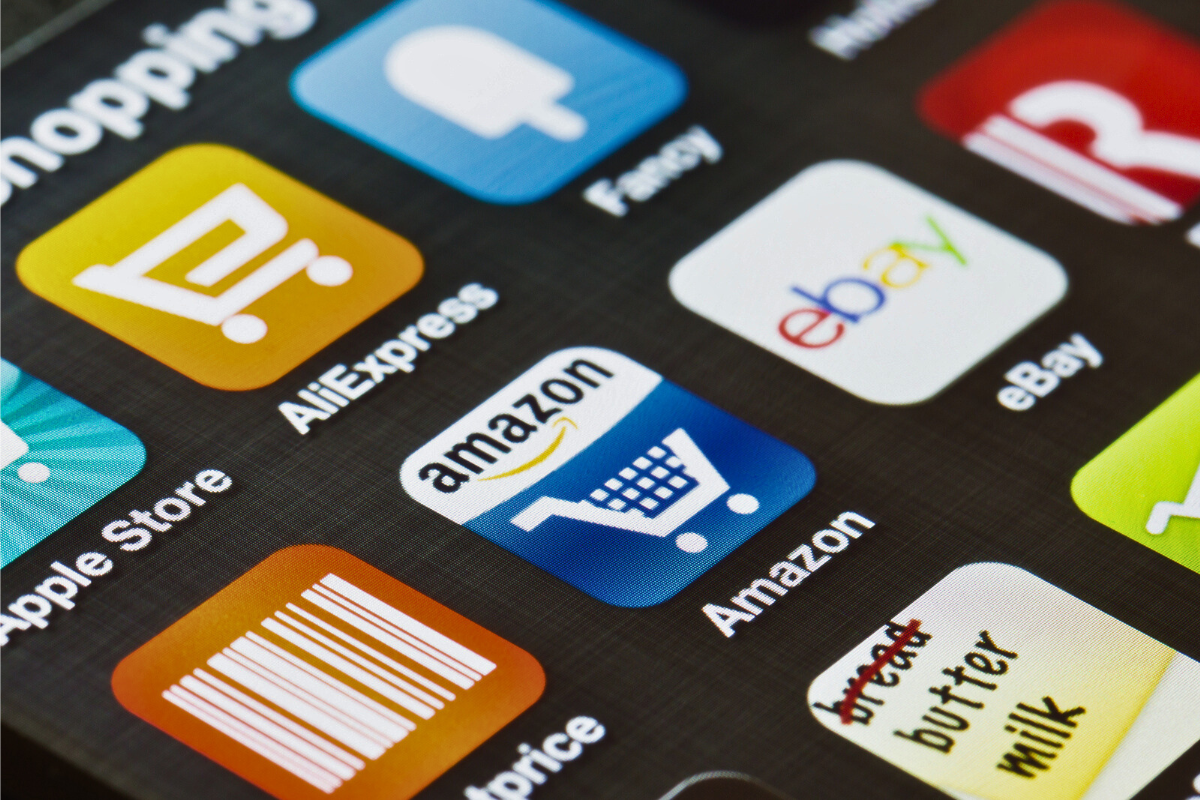Selling on Amazon can be a lucrative business, but it’s important to understand the costs involved before jumping in.
So, how much does it cost to sell on Amazon?
Whether you’re a small business owner or an individual seller, there are fees associated with selling on Amazon that you need to factor into your pricing strategy.
In this article, we’ll break down the costs of selling on Amazon and provide tips for managing them.
First and foremost, there are two types of Amazon seller accounts: Individual and Professional.
The Individual plan costs $0.99 per unit sold, while the Professional plan costs $39.99 per month, regardless of how many units you sell.
In addition to these account fees, Amazon also charges a referral fee for each item sold, which is a percentage of the total sale price.
This fee ranges from 6% to 96%, depending on the category of the item sold.
It’s also important to consider other costs associated with selling on Amazon, such as shipping fees and Amazon FBA (Fulfillment by Amazon) fees.
These fees can vary depending on the size and weight of your items, as well as the fulfillment method you choose.
By understanding the costs involved, you can set competitive prices and ensure that your business remains profitable.
Post Contents
How Much Does it Cost to Sell on Amazon?

If you’re planning to sell on Amazon, it’s important to understand the costs involved.
Here’s a breakdown of the fees you can expect to encounter when selling on Amazon.
Referral Fees
Amazon charges a referral fee for each item sold, which varies depending on the product category.
Most referral fees are between 8% and 15%.
For example, if you sell a product in the automotive and powersports category, you can expect to pay a referral fee of 12%.
It’s important to factor in referral fees when pricing your products on Amazon.
Fulfillment Fees
If you choose to use Amazon’s fulfillment service, Fulfillment by Amazon (FBA), you’ll need to pay fulfillment fees.
These fees cover picking, packing, and shipping your products to customers.
Fulfillment fees vary depending on the size and weight of your products, as well as the shipping option selected by the customer.
You can use Amazon’s FBA calculator to estimate your fulfillment fees.
Storage Fees
If you use FBA, you’ll also need to pay storage fees for your inventory.
These fees are based on the amount of space your inventory takes up in Amazon’s fulfillment centers and the time of year.
You can use Amazon’s storage fee calculator to estimate your storage fees.
It’s important to keep track of your inventory levels and remove slow-moving or unsold inventory to avoid unnecessary storage fees.
The cost to sell on Amazon can vary widely depending on factors such as your selling plan, product category, and fulfillment method.
However, by taking into account referral fees, fulfillment fees, and storage fees, you can estimate the total cost of selling on Amazon and make informed pricing decisions.
Remember to keep an eye on your expenses and adjust your pricing accordingly to ensure that you’re making a profit.
By optimizing your listings with keywords, high-quality images, and SEO, you can increase your visibility on Amazon and attract more customers to your products.
Referral Fees
When you sell on Amazon, you must pay referral fees for each item sold.
The amount of the referral fee depends on the product category and is typically between 8% and 15% of the total transaction, including any delivery or gift-wrapping charges.
Amazon uses referral fees to cover the cost of advertising and promoting your products, as well as providing customer service and handling returns.
The referral fee is deducted from your income before you receive your payment.
To ensure visibility and sales, it is important to choose the right product category.
Some categories, such as jewelry and watches, have higher referral fees than others, so be sure to research the fees before listing your products.
Amazon also restricts certain categories, such as hazardous materials and prescription drugs, from being sold by third-party sellers.
If you attempt to sell a restricted product category, your account may be suspended or terminated.
To calculate your referral fees, you can use Amazon’s pricing calculator or refer to the fee schedule on their website.
It is important to factor in referral fees when pricing your products to ensure that you are making a profit.
Referral fees are a necessary cost when selling on Amazon.
By understanding the fee structure and choosing the right product categories, you can maximize your sales and income while minimizing your fees.
Fulfillment Fees

When it comes to selling on Amazon, it’s important to factor in the cost of fulfillment fees.
Fulfillment fees are the costs associated with picking, packing, and shipping your products to customers.
There are two main options for fulfillment on Amazon: Fulfillment by Amazon (FBA) and Fulfilled by Merchant (FBM).
Fulfillment by Amazon (FBA) Fees
With FBA, Amazon takes care of all the fulfillment for you.
This includes picking, packing, and shipping your products to customers, as well as handling any returns.
In exchange for this service, Amazon charges a fee based on the size and weight of your products.
FBA fees vary depending on the product category, but generally range from $2.50 to $137.32 per unit.
Additionally, there are storage fees for keeping your inventory in Amazon’s fulfillment centers.
These fees vary based on the time of year and the amount of space your inventory takes up.
Fulfilled by Merchant (FBM) Fees
With FBM, you are responsible for fulfilling orders yourself.
This includes picking, packing, and shipping your products to customers, as well as handling any returns.
Because you are handling the fulfillment, there are no additional fees from Amazon.
However, you will need to factor in the cost of shipping and handling your products yourself.
This can vary depending on the shipping option you choose, the carrier you use, and the region you are shipping to.
It’s important to factor in these costs when setting your selling price to ensure you are still making a profit.
Overall, whether you choose FBA or FBM will depend on your individual business needs and preferences.
FBA can be a great option for those looking for fast, free shipping and increased visibility on Amazon.
FBM can be a good option for those with a smaller inventory or who want more control over their fulfillment process.
It’s important to carefully consider the costs associated with fulfillment when selling on Amazon.
By factoring in these costs and choosing the right fulfillment option for your business, you can ensure that you are making a profit and growing your income as an Amazon seller.
Fulfillment by Amazon (FBA) Fees
If you’re an Amazon seller, you might want to consider using Fulfillment by Amazon (FBA) to handle your inventory and shipping.
FBA is a service provided by Amazon that allows sellers to outsource their order fulfillment to Amazon.
Here’s what you need to know about FBA fees.
First, there’s a monthly fee for using FBA.
This fee is $39.99 per month for the Professional selling plan.
If you’re using the Individual selling plan, there’s no monthly fee, but you’ll be charged $0.99 per item sold.
In addition to the monthly fee, FBA charges fulfillment fees for picking, packing, and shipping your products.
These fees vary depending on the size and weight of the item, as well as the shipping option selected by the customer.
You can use Amazon’s FBA fee calculator to estimate your fulfillment fees.
FBA also charges storage fees for keeping your inventory in Amazon’s fulfillment centers.
These fees are based on the size and time of year of your inventory.
You can use Amazon’s FBA revenue calculator to estimate your storage fees.
It’s important to note that FBA fulfillment fees and storage fees are separate from Amazon’s referral fees and other selling fees.
Referral fees are charged as a percentage of the item’s selling price and vary by product category.
Other selling fees include subscription fees, variable closing fees, and shipping credits.
Using FBA can be a great way to streamline your inventory and shipping processes, especially if you’re a small business looking to increase visibility and income.
Just be sure to factor in all the associated fees when calculating the cost to sell on Amazon using FBA.
Fulfilled by Merchant (FBM) Fees

If you’re looking to sell on Amazon, you may consider using the Fulfilled by Merchant (FBM) shipping option.
With FBM, you’ll be responsible for storing, packing, and shipping your products to customers.
This can be a cost-effective option for Amazon sellers who want more control over their inventory and shipping processes.
Here’s what you need to know about FBM fees:
Shipping Costs
With FBM, you’ll be responsible for shipping costs.
This means you’ll need to calculate shipping rates for each item you sell and factor that into your selling price.
Shipping rates can vary depending on the carrier, number of items, item type, region, and shipping option (standard or expedited).
Fulfillment Fees
Unlike Fulfillment by Amazon (FBA), FBM doesn’t have any fulfillment fees.
However, you’ll need to factor in the cost of picking, packing, and shipping your products.
This can include the cost of boxes, packing materials, and labor.
Amazon Fees
As an Amazon seller, you’ll need to pay various fees to Amazon.
This includes referral fees, closing fees, and Amazon revenue.
Referral fees are a percentage of the selling price and vary depending on the product category.
Closing fees are charged per item sold and vary by product type.
Amazon revenue is a percentage of the selling price and is charged for each item sold.
Removal Order Fees
If you have excess inventory or want to remove items from Amazon’s fulfillment centers, you’ll need to pay removal order fees.
These fees can vary depending on the item type, size, and weight.
Other Costs
In addition to the fees mentioned above, there are other costs to consider when selling on Amazon.
This includes the cost to ship items to Amazon’s fulfillment centers, the cost to ship items to customers, and the cost of any packaging materials.
You may also want to invest in SEO optimization, high-quality images, and a multichannel selling strategy to increase visibility and income.
FBM can be a cost-effective option for Amazon sellers who want more control over their inventory and shipping processes.
However, you’ll need to factor in shipping costs, fulfillment fees, Amazon fees, removal order fees, and other costs to determine the true cost to sell on Amazon.
Storage Fees
When selling on Amazon, you will need to consider storage fees.
These fees are charged to store your inventory in Amazon’s fulfillment centers.
The amount you pay depends on the size and time your inventory is stored.
Inventory Storage Fees
Amazon charges inventory storage fees twice a year, in February and August.
These fees are based on the volume of inventory stored in cubic feet.
The standard inventory storage fee is $0.75 per cubic foot per month from January to September and $2.40 per cubic foot per month from October to December.
To avoid paying higher fees, you should manage your inventory efficiently.
Keep track of your inventory levels and sales velocity to ensure you have the right amount of stock in Amazon’s fulfillment centers.
Long-Term Storage Fees
If your inventory has been stored in Amazon’s fulfillment centers for more than 365 days, you will be charged long-term storage fees.
These fees are charged twice a year, in February and August.
The long-term storage fee is $6.90 per cubic foot or $0.15 per unit, whichever is greater.
To avoid long-term storage fees, you should consider removing slow-moving inventory or lowering the price to increase sales velocity.
Storage fees are an important consideration when selling on Amazon.
By managing your inventory efficiently and monitoring your sales velocity, you can minimize the amount you pay in storage fees.
Key Takeaways
If you’re considering selling on Amazon, here are some key takeaways to keep in mind:
- There are two plans available for Amazon sellers: the Individual plan and the Professional plan. The Individual plan costs $0.99 per unit sold, while the Professional plan costs $39.99 per month, regardless of how many units you sell.
- Amazon charges referral fees for each item sold, which vary depending on the product category. Most referral fees fall between 8% and 15%.
- Fulfillment fees are also charged by Amazon for handling and shipping your products. These fees vary based on the size and weight of your items, as well as the shipping method used.
- To be successful on Amazon, it’s important to keep an eye on key metrics, such as your order defect rate, which measures your customer service standards. Aim to keep your order defect rate below 1%.
- Starting a successful Amazon business doesn’t have to cost a lot of money. According to a survey by Jungle Scout, 17% of Amazon sellers started with $500 or less.
By understanding the costs associated with selling on Amazon and keeping an eye on key metrics, you can set yourself up for success and grow your business on the platform.
Remember to start small and focus on building a quality customer experience to establish a strong foundation for your business.






























